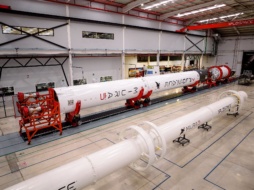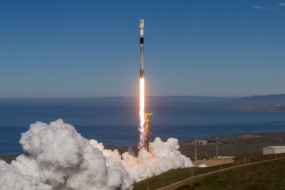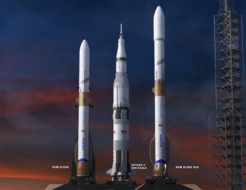Dawn Aerospace’s Aurora spaceplane will begin launching from Oklahoma in 2027, positioning the state to play a prominent role in microgravity research.
The New Zealand-based space startup signed a binding partnership with the Oklahoma Space Industry Development Authority to fly suborbital missions from the Oklahoma Air and Space Port in Burns Flat (west of Oklahoma City).
Why Oklahoma? The Sooner State may not be top of mind when thinking of traditional space centers, but Oklahoma boasts a space shuttle-era backup runway, as well as a growing aerospace community, including local universities.
Dawn Aerospace CEO Stefan Powell said the state’s spaceport is ideally suited for Aurora’s mission.
“There’s actually a lot of aerospace there [with] no space access at all. It’s a very underserved area,” he told Payload. “It’s kind of like the last link in the chain in making space access happen in the interior of the country.”
Aurora 101: With nearly 60 flights under its belt, the uncrewed, rocket-powered Aurora spaceplane made history in November by reaching supersonic speeds. The next-gen vehicle set to fly from Oklahoma is expected to be able to carry 11 pounds of payload to 330,000 feet (100 km). This will give researchers an opportunity to fly microgravity experiments from a traditional runway.
The fully reusable plane is expected to fly again just four hours after its first mission of the day, as Dawn officials have a goal of flying twice daily. Flights are expected to cost “low hundreds of thousands of dollars,” though Oklahoma colleges and universities will be able to ride for free during Dawn’s first year of operations in the state.
Early adopters: Powell said he expects Aurora customers to include researchers in industries from semiconductors to pharmaceuticals—essentially anything that can benefit from being produced in microgravity. And Dawn plans to bring space access to researchers far away from traditional launching points.
“The most exciting thing about what we’re doing is it means hundreds, if not thousands, of airports around the US could become spaceports,” he said.




